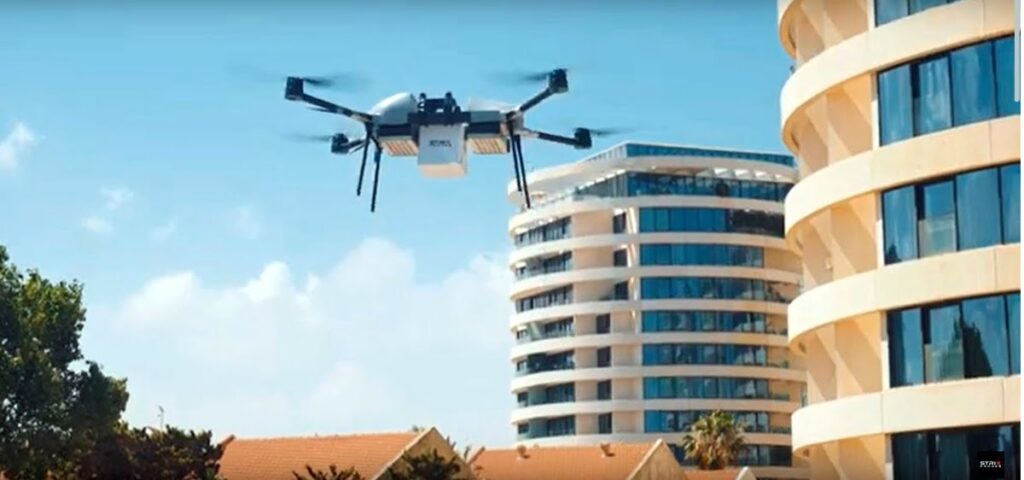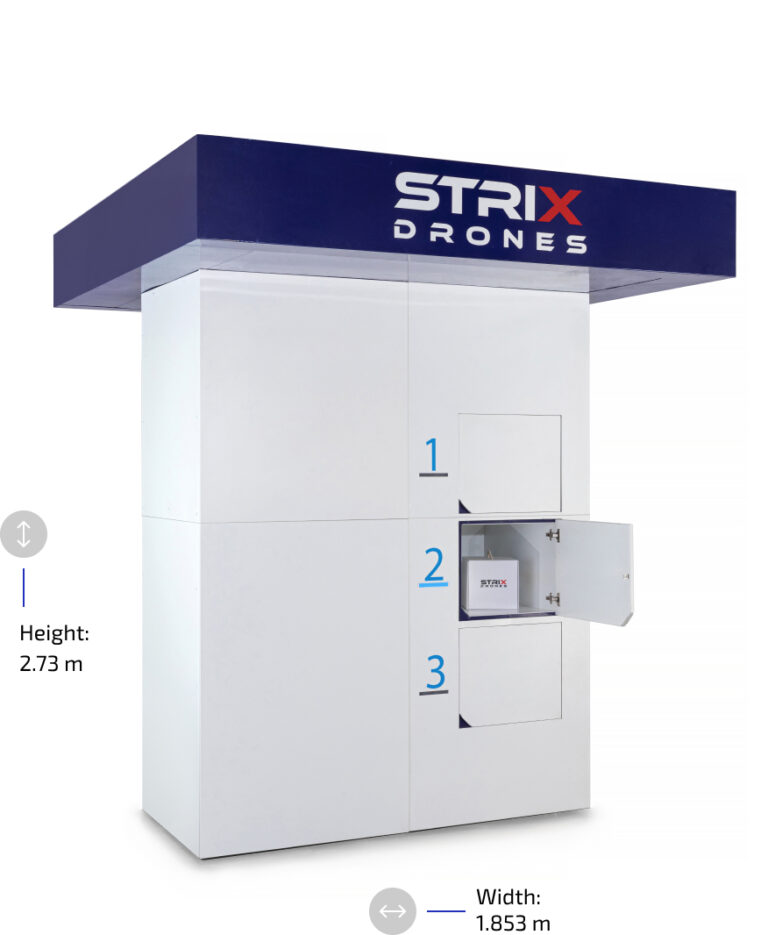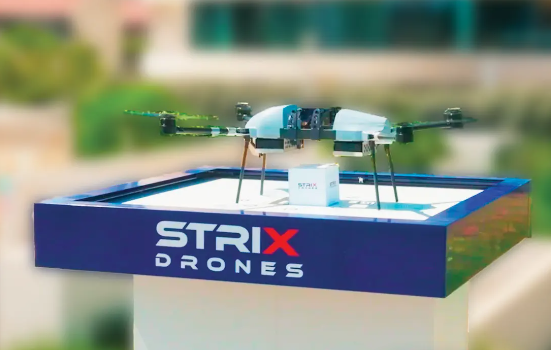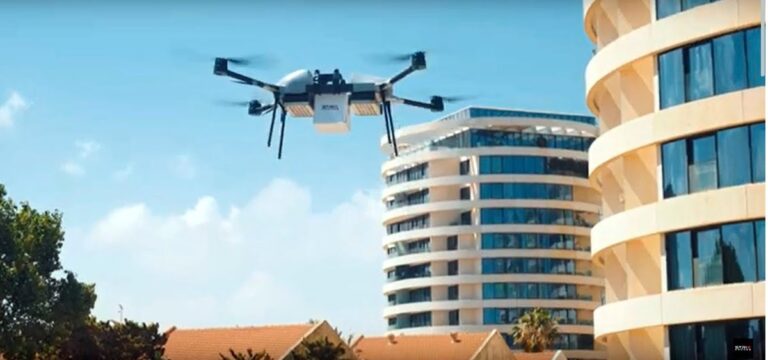Understanding how far a drone can fly is crucial whether you’re a hobbyist or a professional. This article dives into the factors that influence a drone’s flight range, such as battery life, signal strength, and environmental conditions. We’ll also explore ways to maximize your drone’s range and discuss the legal considerations you need to keep in mind. By the end, you’ll have a clear picture of what affects drone performance and how to get the most out of your flying experience. Let’s get started on unraveling the mysteries of drone flight range.
What Factors Determine Drone Flight Range?
How Does Battery Life Affect Drone Range?
Battery life is one of the most critical factors in determining how far your drone can fly. Essentially, the larger and more efficient the battery, the longer the drone can stay airborne. However, there’s a catch. Larger batteries add weight to the drone, which can counteract some of the range benefits. Modern drones often use lithium-polymer (LiPo) batteries because they offer a good balance of weight and capacity. To get the most out of your drone’s battery, make sure to fully charge it before each flight and avoid flying in extreme temperatures, which can drain the battery faster.
What Role Does Signal Strength Play?
Signal strength between the drone and its controller is another key element that impacts flight range. Most consumer drones rely on radio frequencies, typically 2.4 GHz or 5.8 GHz, to communicate with the controller. The higher the frequency, the shorter the range but the better the resistance to interference. Conversely, lower frequencies can travel further but are more prone to interference. Factors like buildings, trees, and even weather can disrupt the signal, cutting your flight short. To maintain a strong connection, always try to keep a clear line of sight between you and the drone.
How Do Environmental Conditions Impact Flight Range?
Weather conditions play a significant role in how far your drone can fly. Wind is a major factor; a strong headwind can drain your battery quickly, while a tailwind can help extend your range. Rain and snow are also problematic as they add weight and can interfere with the drone’s sensors and electronics. High humidity can affect the drone’s performance, and extremely cold temperatures can reduce battery efficiency. To maximize your drone’s range, it’s best to fly on clear, calm days.
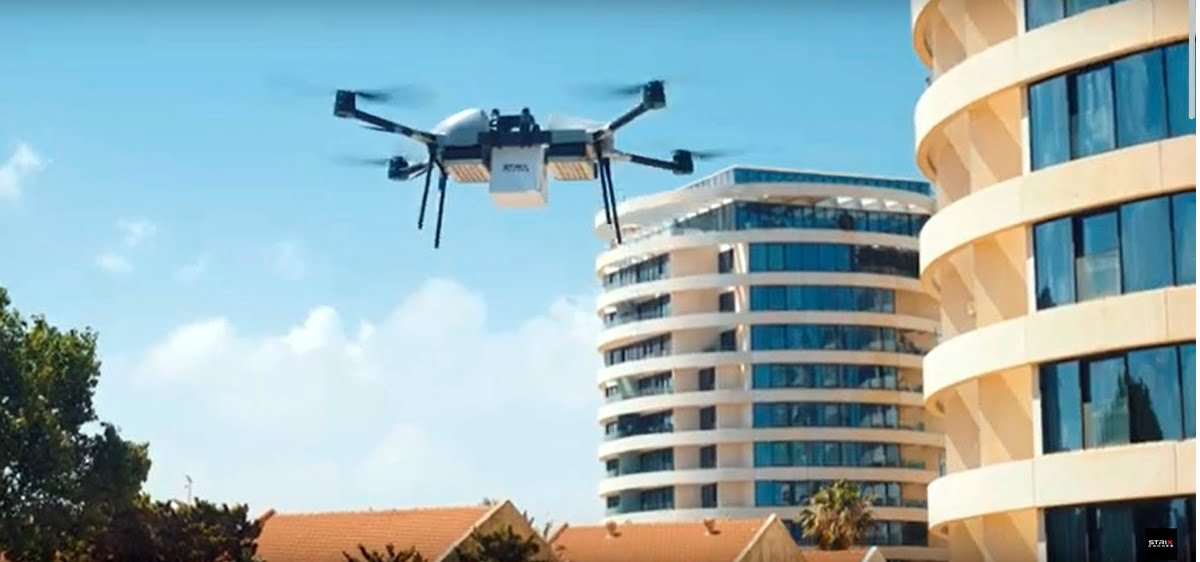
How Does Drone Design and Weight Influence Range?
The design and weight of your drone significantly affect its flight range. Heavier drones require more power to stay aloft, which can reduce their range. Conversely, lighter drones can fly further on the same battery charge. The efficiency of the propulsion system, including the motors and propellers, also plays a crucial role. Efficient motors and well-designed propellers can convert battery power into thrust more effectively, allowing for longer flights. Additionally, drones with aerodynamic designs face less air resistance, which can help them fly further.
Understanding these factors can help you optimize your drone’s performance and get the most out of each flight. Whether you’re a hobbyist or a professional, knowing what affects your drone’s range is key to successful and enjoyable flying.
How Can You Maximize the Flight Range of Your Drone?
What Upgrades Improve Drone Range?
To get the most out of your drone’s flight range, consider upgrading its components. Start with the battery—opting for a higher-capacity battery can significantly extend flight time. You might also want to look into high-efficiency propellers, which reduce energy consumption. Another useful addition is a signal booster, which can strengthen the connection between your drone and controller, allowing you to fly farther without losing control.
How Does Flying Style Affect Range?
Your flying style plays a crucial role in how far your drone can travel. Smooth, steady movements use less power compared to aggressive flying, which can drain the battery quickly. Try to maintain a consistent speed and avoid rapid maneuvers to conserve energy. Additionally, flying in optimal weather conditions can help extend your drone’s range. Avoid strong winds, rain, and extreme temperatures, as these can negatively impact battery life and signal strength.
By understanding and implementing these strategies, you can significantly maximize your drone’s capabilities, ensuring longer and more enjoyable flights.
What Are the Legal Considerations for Drone Operation?
When flying a drone, it’s crucial to be aware of the legal requirements. Regulations vary by country, but generally, you must keep your drone within your visual line of sight and below a certain altitude, typically around 400 feet. In many places, flying near airports or over populated areas is restricted or requires special permissions. Always check local laws before you fly to avoid fines or penalties. Additionally, some regions mandate registration of your drone and obtaining a pilot certificate, especially for commercial use. Staying informed about these rules ensures safe and legal drone operation.
At StrixDrones, we recognize the challenges posed by flight range limitations and the critical factors influencing drone performance. Our advanced universal drone docking stations offer solutions that enhance operational efficiency, ensuring optimal battery management and seamless data offloading. With military-grade reliability, our systems empower users—whether in military or commercial contexts—to extend their drone capabilities, enabling effective BVLOS operations and automated inspections. By investing in Strix’s technology, you can overcome the barriers to flight range and unlock the full potential of your drone program, ensuring you’re equipped for both current demands and future innovations.
At StrixDrones, we understand the complexities of optimizing drone flight range and performance, and we are committed to providing innovative solutions that address these challenges. Our state-of-the-art docking stations, such as the Strix 2100 and Strix 1200, are designed to enhance operational efficiency, ensuring that users can maximize their drones’ capabilities in various environments.
The Strix 2100 is engineered for larger drones, including eVTOLs, providing a secure landing platform that facilitates safe shelter, rapid recharging, and efficient data offloading. Its open API integration with command and control centers empowers military, public safety, and first responders by extending operational range and improving logistical efficiency. This solution eliminates the concerns associated with battery life and deployment interruptions, allowing for seamless operations even in challenging terrains.
For those needing versatility in drone operations, the Strix 1200 offers a modular design that supports multiple unmanned aircraft without the need for manual intervention. This platform can be deployed individually or in a hive configuration of up to eight stations, enabling coordinated operations of small drone swarms. With its quick integration capabilities and open API, the Strix 1200 ensures that operators can maintain extended range and efficiency, addressing the challenges posed by battery limitations and environmental factors.
Additionally, our DFNDR system enhances air defense capabilities, particularly for short-range threats. By allowing integration with high-speed attack drones and optional munitions, it provides a cost-effective solution for operational demands. This adaptability ensures that our clients are equipped to tackle emerging threats while maximizing the utility of their drone fleets.
By choosing StrixDrones, you’re not just investing in cutting-edge technology; you’re empowering your operations to overcome flight range limitations and ensure consistent, reliable performance. Our commitment to military-grade reliability and innovative solutions positions us as a leader in the future of drone technology.

